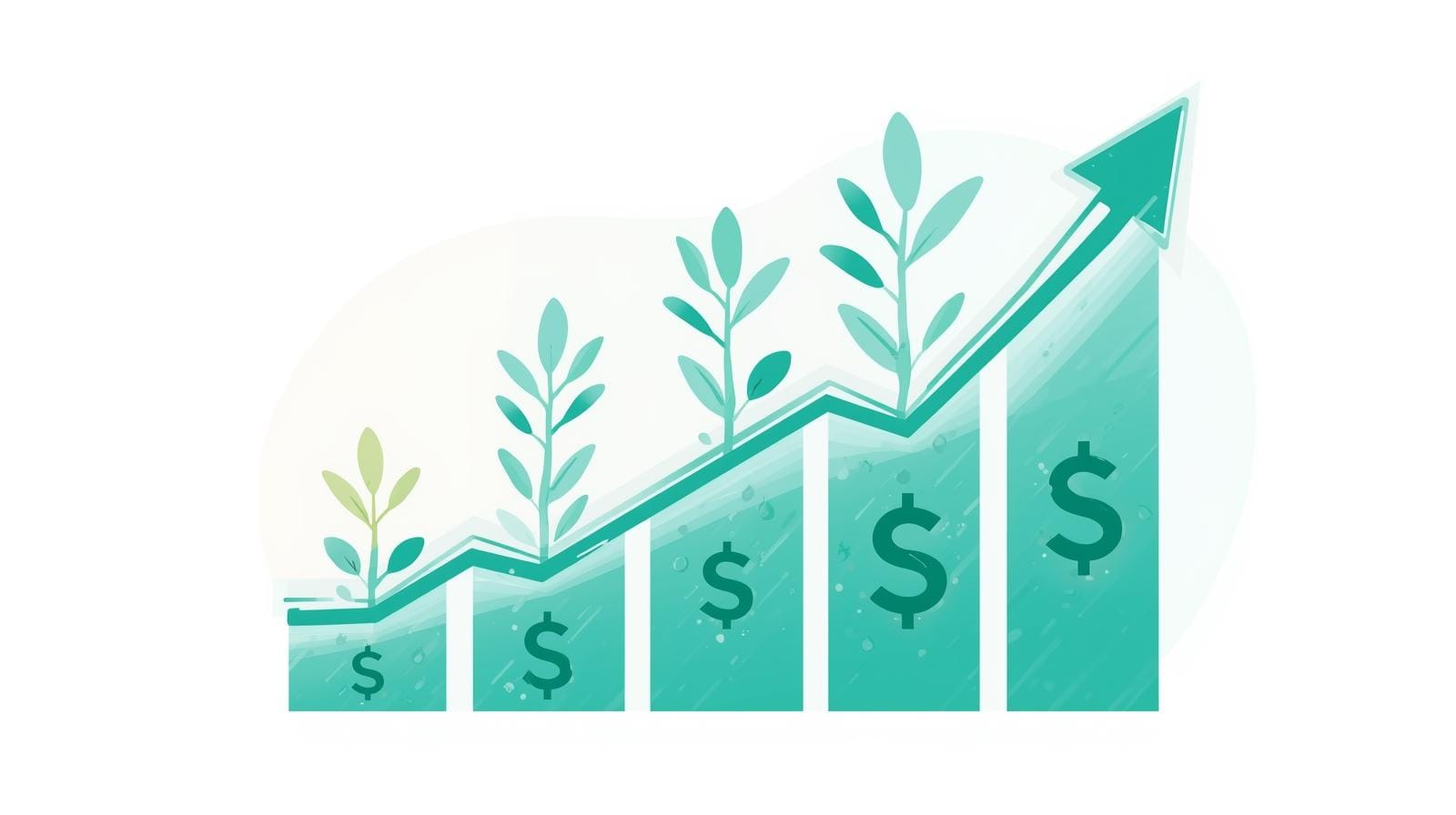Retail Sales: Health and Personal Care Stores
This dataset tracks retail sales: health and personal care stores over time.
Latest Value
38844.00
Year-over-Year Change
7.82%
Date Range
1/1/1992 - 5/1/2025
Summary
The Retail Sales: Health and Personal Care Stores trend measures the monthly sales and revenue for stores specializing in health, personal care, and related products. This metric is an important indicator of consumer spending and economic health.
Analysis & Context
This economic indicator provides valuable insights into current market conditions and economic trends. The data is updated regularly by the Federal Reserve and represents one of the most reliable sources for economic analysis.
Understanding this metric helps economists, policymakers, and investors make informed decisions about economic conditions and future trends. The interactive chart above allows you to explore historical patterns and identify key trends over time.
About This Dataset
The Retail Sales: Health and Personal Care Stores indicator tracks the total sales and receipts for establishments primarily engaged in retailing health and personal care products, such as pharmacies, cosmetic stores, and optical goods stores. This data provides insights into consumer demand and confidence.
Methodology
The data is collected through monthly surveys of retail businesses by the U.S. Census Bureau.
Historical Context
Economists and policymakers monitor this trend to gauge overall consumer activity and spending patterns.
Key Facts
- Health and personal care stores account for over 20% of total U.S. retail sales.
- Retail sales at these stores have grown by over 30% in the past decade.
- The COVID-19 pandemic caused a temporary spike in sales at health and personal care stores.
FAQs
Q: What does this economic trend measure?
A: The Retail Sales: Health and Personal Care Stores trend measures the monthly sales and revenue for stores specializing in health, personal care, and related products.
Q: Why is this trend relevant for users or analysts?
A: This indicator provides insights into consumer spending patterns and demand for health and personal care products, which is an important signal of overall economic health and consumer confidence.
Q: How is this data collected or calculated?
A: The data is collected through monthly surveys of retail businesses by the U.S. Census Bureau.
Q: How is this trend used in economic policy?
A: Economists and policymakers monitor this trend to gauge overall consumer activity and spending, which informs decisions around monetary and fiscal policy.
Q: Are there update delays or limitations?
A: The data is published monthly with a typical lag of about two weeks from the end of the reference period.
Related News

U.S. Economy Weak in August, Retail Sales Show Potential Resilience
Resilient Retail: Analyzing August’s Economic Trends in U.S. Retail Sales Recent trends in U.S. retail sales offer an intriguing glimpse into economic resilience amidst the challenges of August. The retail sector demonstrated its strength, even as broader economic indicators painted a less optimistic picture. In August, consumer spending and the retail sector were noteworthy, providing insights into economic resilience and offering a beacon of optimism. This anomaly invites a closer look into c

U.S. Stock Futures Stagnant Despite Positive Jobless Claims and GDP
Why US Stock Futures Remain Stagnant Despite Positive Economic Indicators The current investment landscape is puzzling for many as US stock futures struggle to show a definite trend despite favorable economic signals. These signals, such as jobless claims and Q2 GDP figures, suggest a healthy economy. Given the roles of the stock market and the Federal Reserve's decisions on rate hikes, it is surprising to witness this stagnation. Inflation trends and the Fed's signals about future policies pla

U.S. Home Sales Decline In August Due To High Prices
August 2023 U.S. Home Sales Decline Amid Rising Mortgage Rates and High Prices In August 2023, U.S. home sales experienced a notable decline, highlighting a distressing trend in the housing market. Homeownership is more costly these days. High home prices and soaring 30 year mortgage rates, combined with limited housing inventory, pose significant challenges for potential buyers and cast a shadow on economic recovery efforts. Many potential homebuyers find themselves increasingly priced out of

U.S. GDP Growth to Slow Due to Tariffs and Immigration Policies
How Tariffs and Immigration Policies Influence U.S. GDP Growth in 2025 The U.S. GDP is a fundamental gauge of the country's economic health. Recent forecasts have raised concerns about a GDP slowdown, suggesting that trade tariffs and lower immigration might be key factors. According to economic forecasts and OECD reports, these issues are becoming centers of focus. Trade policies and immigration rules heavily impact the economic prediction landscape. Challenged by decreasing GDP figures, trade

U.S. Job Growth Slowdown Affects Unemployment Rate
The Impact of Weak Job Growth on the US Unemployment Rate The unemployment rate has always been a vital gauge to understand the United States' economic health. Recent times have brought this indicator into sharper focus, especially as weak job growth continues to challenge the nation’s economy. The pressures of a sluggish labor market may lead to more significant economic consequences, impacting not just the workforce but the broader fiscal landscape. Weak job growth, leading to an increased un

U.S. Treasury Yields Rise After Fed Rate Cut Analysis
Treasury Yields Surge: A Curious Twist in Monetary Policy Amid a surprising financial twist, the current 10 year treasury rate is on the rise even as the Federal Reserve cuts interest rates. This unexpected development has economists scratching their heads, as typically, a cut in the Federal funds rate leads to lower yields. Treasury yields represent the interest rate the government pays bondholders, functioning as a vital signpost for the health of the economy. Generally perceived as one of th
Related Trends
Consumer Price Index for All Urban Consumers: All Items in U.S. City Average
CPIAUCNS
Capacity Utilization: Total Index
TCU
Commercial and Industrial Loans, All Commercial Banks
TOTCI
Share of Foreign Born in Home Owners Loan Corporation (HOLC) Neighborhood A
RLMSHFBHOLCNA
Home Ownership Rate in Home Owners Loan Corporation (HOLC) Neighborhood C
RLMSHHORHOLCNC
Share of Foreign Born in Home Owners Loan Corporation (HOLC) Neighborhood C
RLMSHFBHOLCNC
Citation
U.S. Federal Reserve, Retail Sales: Health and Personal Care Stores (MRTSSM446USS), retrieved from FRED.